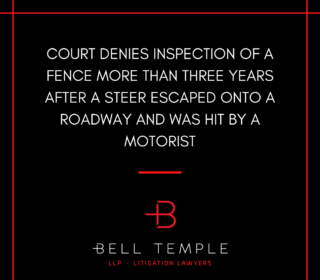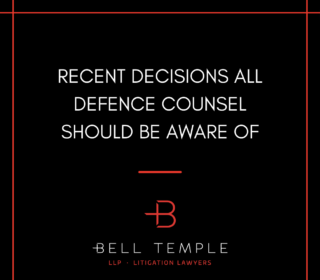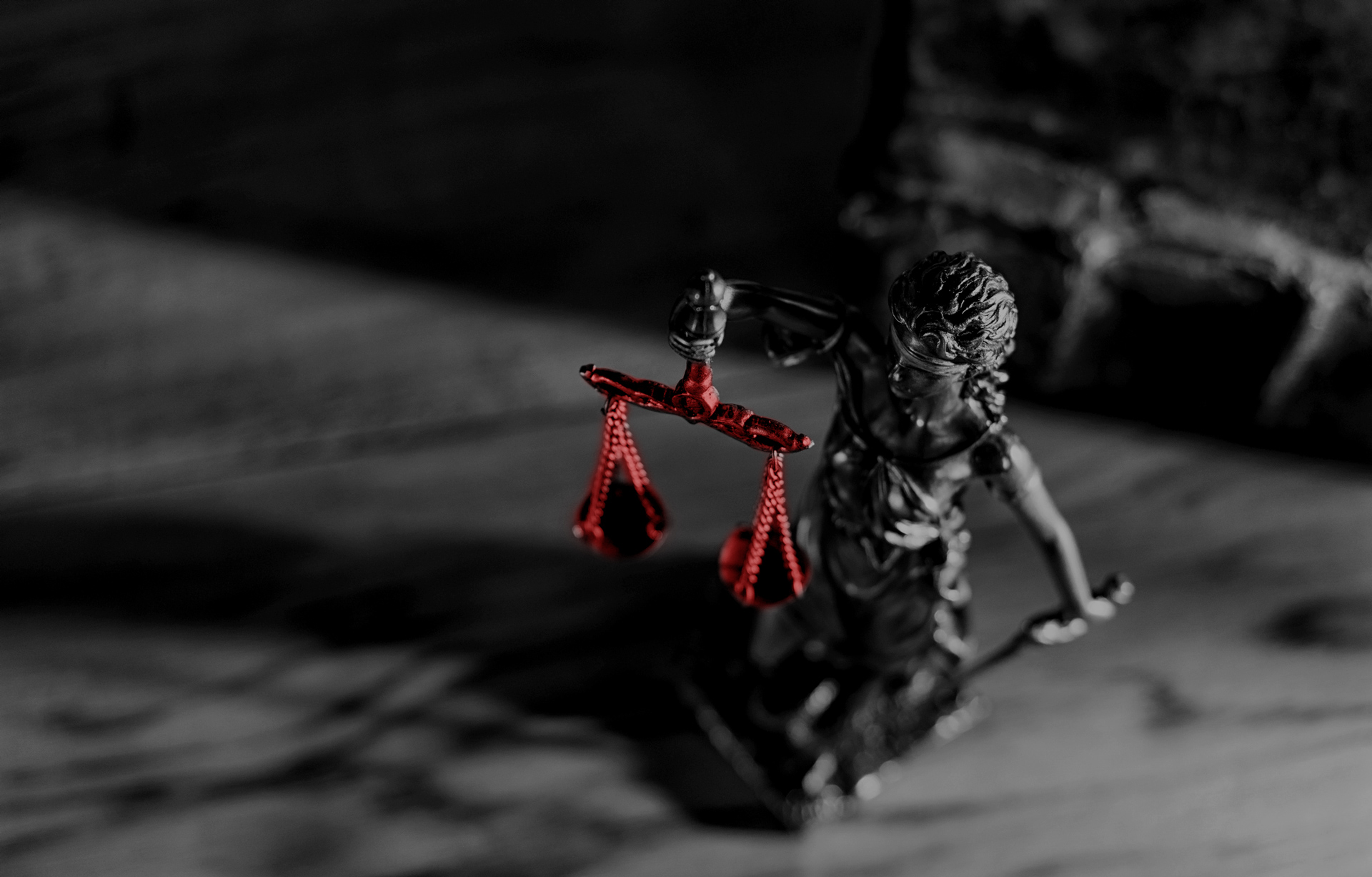Background and Laws
What is “cyberbullying”? Cyberbullying is when a child or teen becomes a target of actions by others – using computers, cellphones or other devices – that are intended to embarrass, humiliate, torment, threaten or harass.1 A cyberbully can harass their victims from the comfort of their home, and are usually anonymous, making them feel untouchable. While the internet can be a positive platform used to share thoughts and ideas, it can also be used in harmful ways to spread hate and to target unknowing victims. Over the years, incidents of cyberbullying have become more and more prevalent. This has prompted much litigation across the country and has sparked the legislature to assess the laws in place for punishing cyberbullies as well as recourse victims have for the injuries they have suffered.
Federally, there are no civil laws specifically covering cyberbullying. However, there are laws against defamation and for the intentional infliction of emotional distress. There is also a duty of probability, being the duty to act or not to act in a way that will probably produce a certain consequence. In other words, negligence is a conduct which will probably produce damage, thus one must use due care.2 For example, a school that does not do everything it can to provide a safe environment can be sued by the target victim.
In Ontario, the Safe Schools Act has been amended to specifically include online behaviour. Students can now be suspended or expelled for cyberbullying. The 3 specifically includes a definition for “cyber-bullying”:
For the purposes of the definition of “bullying” in subsection (1), bullying includes bullying by electronic means (commonly known as cyber-bullying), including,
- creating a web page or a blog in which the creator assumes the identity of another person;
- impersonating another person as the author of content or messages posted on the internet; and
- communicating material electronically to more than one individual or posting material on a website that may be accessed by one or more individuals.
The Education Act seeks to prevent bullying by requiring boards to promote the prevention and intervention of bullying, to establish and provide annual professional development programs to educate teachers and other school stuff about bullying prevention and strategies for promoting a positive school climate, and to provide programs, interventions and other supports for victims, bullies, and witnesses of bullying.
In 2016, a new civil law tort called “public disclosure of embarrassing private facts” was recognized by the Ontario Superior Court of Justice. The elements of the new tort were stated as follows:
One who gives publicity to a matter concerning the private life of another is subject to liability to the other for invasion of the other’s privacy, if the matter publicized or the act of the publication (a) would be highly offensive to a reasonable person, and (b) is not of legitimate concern to the public.4
Does insurance cover damages as a result of cyberbullying?
Homeowners’ insurance policies offer coverage for third party liability. However, as stated in the Supreme Court of Canada decision, Non-Marine Underwriters, Lloyd’s of London v. Scalera, policies generally exclude coverage for “any intentional or criminal act or failure to act”.5
There is no question that the act of cyberbullying is an intentional act. The Supreme Court of Canada in A.B. (Litigation Guardian of) v. Bragg Communications Inc. adopted the definition of bullying as “behaviour that is intended to cause, or should be known to cause, fear, intimidation, humiliation, distress or other forms of harm”6. Moreover, the Education Act describes bullying as aggressive and typically repeated behaviour by a pupil intended to cause harm, fear or distress to another person’s body, feelings, self-esteem or reputation. As such, cyberbullying, an intentional act, should be barred from insurance coverage claims against the bully.
Though, it should be noted that insurance companies may still have exposure of liability through the parents of the victim or the bully. Canadian courts have held parents and guardians liable in negligence for failure to supervise their child. Under the Ontario Parental Responsibility Act, a parent is liable for damages unless proven that he or she was exercising reasonable supervision over the child at the time the child engaged in the activity that caused the loss or damage.7 If a child is harmed as a result of cyberbullying, their parents may be held liable for failure to supervise.
In Unifund Assurance Company v. D.E., the parents of the victim were named in the lawsuit and applied to have their insurance company defend them in the action. Fortunately for Unifund, it had an explicit exclusion clause for “failure of any person insured by this policy to take steps to prevent sexual, physical, psychological or emotional abuse, molestation or harassment or corporal punishment.” The Court of Appeal overturned the Superior Court’s judgment which originally ruled in favour of the parents.
In the context of cyberbullying, from the insurer’s perspective, the exclusion clause included in the homeowner’s policy should be explicit in its wording with respect to what it does and does not cover. On the other hand, the plaintiff’s pleadings should be very particular in how they characterize the liability, keeping in mind how the wording affects the applicability of coverage.
About Author
Shivani Patel is an associate at Bell Temple. Her practice encompasses a range of civil litigation, including coverage applications, tort motor vehicle accidents, occupiers’ liability claims, property claims and product liability.







